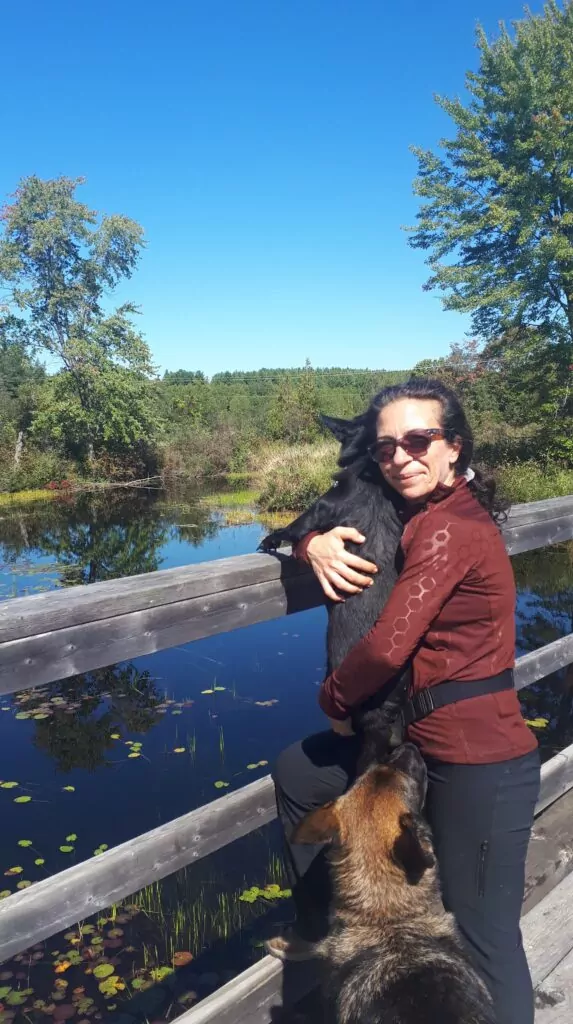
When taking the dog out for a walk in your designated park, beach, or conservation area, slice your outing into three parts – the start of your walk, the middle of the walk, and the end of the walk. Let’s look at these stages and how to manage them:
–> At the start, our dogs are understandably excited to be going out. They are full of energy, ready to stretch their bodies out, and enjoy themselves. We handle with low expectations, patience, and light control. The start is not a good time to be expecting or even asking for good manners. Have a sense of humor about your dogs’ excitement because how you manage the start sets the tone for the rest of your outing.
–> In the middle part of the outing, the dog has shaken off the initial excitement, is a little less rowdy, and is in a good space to focus and learn. This is where we work best and where we can relax a little. This is where we can engage our dogs in exercises and ask them to do potentially difficult things in terms of socialization, for example ignoring things and generally behaving and focusing.
–> As we work our way to the end, our dogs are tired and wired, and now we need to manage differently, this time with lower expectations of good behavior (just as we did at the start), but unlike the start, we take over more and ask for less (whereas at the start, we give the dogs more breathing room). We shorten our lines, take control in our handling, and focus on wrapping up the outing in good time and ending on a good note.
We are able to see this a little in this video of the girls and I out on a walk. At the start, they’re all over the place – whining, sniffing, and marking. In the middle and toward the end, things ease up and by the time we’re back, they’re glad to jump in their car crates and rest.